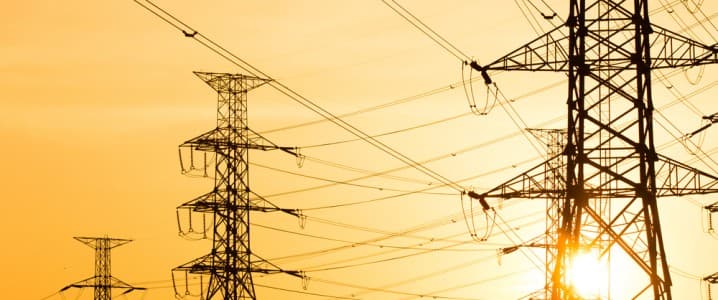
Grid operators across Europe are confronting a substantial investment gap of €250 billion, approximately $293 billion, necessary to modernize their infrastructure in alignment with energy transition plans. According to a report by the Boston Consulting Group (BCG), transmission system operators (TSOs) in the region need to invest €345 billion ($405 billion) over the next three years. This figure represents a threefold increase compared to investments made during the previous five years.
Despite the urgent need for investment, BCG indicates that TSOs will only be able to generate a portion of this required funding. The report highlights significant challenges that could hinder the ability of these operators to deliver the infrastructure essential for meeting Europe’s climate and reliability targets.
Challenges in Funding Grid Upgrades
BCG identified three primary areas of concern regarding financing. Firstly, there are limitations on TSOs’ capacity to raise funds through debt or equity. Secondly, there exists a conflict between the need to keep electricity costs low for consumers and the necessity of providing adequate returns to investors. Lastly, differing expectations from governments and investors pose additional difficulties. Governments view grid operators as growth-oriented entities focused on investment and expansion, while investors perceive them as low-risk opportunities that guarantee specific dividends.
This divergence in perspectives contributes to the investment gap. BCG estimates that Europe’s 15 largest TSOs are projected to pay between €25 billion and €30 billion, or $29 billion to $35 billion, in dividends between 2025 and 2030.
Tom Brijs, one of the report’s authors, emphasized the urgency of addressing these financial challenges, stating, “Without rapid innovation in how we finance grid infrastructure, Europe risks having world-class renewable generation that can’t reach consumers because the grid hasn’t kept pace.”
Potential Solutions for Investment Gaps
While the options for addressing this funding shortfall are limited, BCG suggests several potential solutions. These include stake sales and the implementation of government-backed financing tools, which essentially involve subsidies to support the necessary infrastructure upgrades.
The report underscores the critical need for innovative approaches to financing the energy grid in Europe. As the continent strives to meet its ambitious climate goals, ensuring the grid can support the increasing demand for renewable energy will be essential for a successful energy transition.







